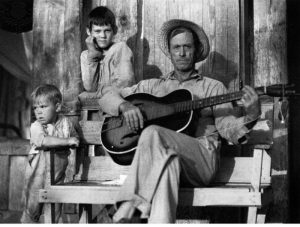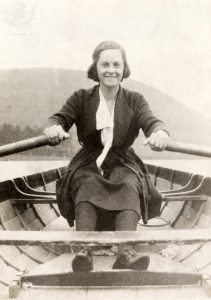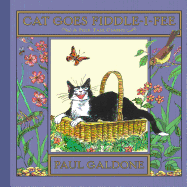
Chug, Chug, Choo-Choo, the Little Red Caboose is here for Episode 10 of the Storytime Seedlings Podcast - take a ride on the train with picture books, songs and fingerplays - with storytime anytime. Toot-Toot! For a handy print-out of the songs and fingerplays, click here.
1. Listen to the Podcast - Episode 10 - Little Red Caboose
2. Books to sing about:
There's A Hole in the Log on the Bottom of the Lake
3. Row, Row, Row Your Boat to Fingerplays, songs and stories
Row, Row, Row Your Boat
Row, Row, Row Your Boat is a traditional nursery rhyme first time published in 1852 in USA.
It is still very popular! It is used in many homes, preschools and schools all over the world.
Movements: Singers can sit opposite one another and pretend to row forwards and backwards with joined hands.
Row, Row, Row Your Boat is a traditional nursery rhyme first time published in 1852 in USA.
Row, row, row your boat,
Gently down the stream.
Merrily, merrily, merrily, merrily
- Life is but a dream.
Row, row, row your boat,
Gently to the shore.
If you see a lion
- Don’t forget to ROAR!
Row, row, row your boat,
Gently down the stream.
If you see a crocodile
- Don`t forget to scream!
4. Early Literacy Tip - Cultural Literacy and History
 In Episode 10: The Little Red Caboose, the Pre-Literacy Tip is on the importance of the history of our old songs. Many old songs have a history going back generations, a history that is sometime based in old stereotypes and prejudices or has been culturally appropriated. Knowing a song’s true history allows it to live in truth in our heart, mind and spirit—encouraging ownership of all that we are, good or bad, light or dark. Only in knowing our past can we have a present and a future that is based in understanding and empathy and forgiveness.
In Episode 10: The Little Red Caboose, the Pre-Literacy Tip is on the importance of the history of our old songs. Many old songs have a history going back generations, a history that is sometime based in old stereotypes and prejudices or has been culturally appropriated. Knowing a song’s true history allows it to live in truth in our heart, mind and spirit—encouraging ownership of all that we are, good or bad, light or dark. Only in knowing our past can we have a present and a future that is based in understanding and empathy and forgiveness.
When your child is old enough and, you feel they are ready, you can help them to understand a song by telling them the truth of its history. For example, the Shortnin’ Bread song in episode 9 is believed by some to have been a plantation song of the slave or black American experience in the South. However with further research, I found thatShortin’ Bread was written in 1900 by the white American poet, James Whitcomb Riley from Indiana. Riley infused it with stereotypical dialect and imagery. Through time, the song has been re-formed, the dialect and stereotype erased into a more family friendly and delightful song.
As I wrote in Episode 9:
“If you are new to America and first experience this song as an adult, you are weaving the song into your own attachment to your new home and community and to your child’s growing up in our country.
Cultural literacy is having a knowledge base, a capital, a currency in the day to day popular songs and stories that connect us to one another. A community, a country, is only as strong and healthy in what common threads of connection we all share, no matter our differences.”
No matter the history, whether dark or light, it’s our complex truth and what we are as Americans.
See you at Storytime, Lauren
Hi! I'm Lauren Teixeira,
Children's Librarian and Podcaster
 Find more storytimes on my blog page - Laurenjoan
Find more storytimes on my blog page - Laurenjoan
You can also find episodes of the Storytime Seedlings Podcast through your favorite podcast site (Apple Podcasts, Google Podcasts, Stitcher, Spotify, Listen Notes, and TuneIn), subscribe today!




